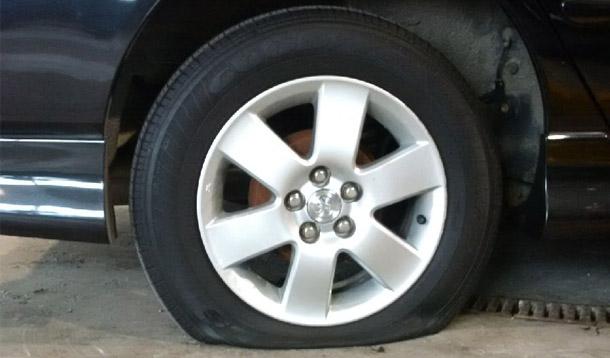
You’ve got a nail or screw in your tire – what are your options? There are a few things you need to know when it comes to repairing a tire. First, is the tire repairable? The punctured area cannot overlap with a previous repair. The punctured area also has to be within the tread of the tire and not on the shoulder or sidewall of the tire (photo courtesy of Rubber Manufacturers Association).
The puncture has to be less than 6mm in diameter to be repairable, and if your tire treadlife is close to 4mm you should consider purchasing new tires instead of going ahead with a tire repair. Lastly, take a look at the sidewall of the tire. When a flat tire is driven on, the chances of damage to the sidewall is high and often you can see that damage on the outside of the tire.
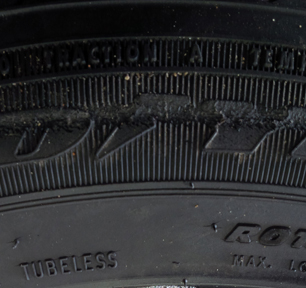
If the tire is repairable, know that there are three types of repairs being offered on the market: tire plug, tire patch, and tire plug-and-patch combination. Best type? Tire plug-and-patch combination.
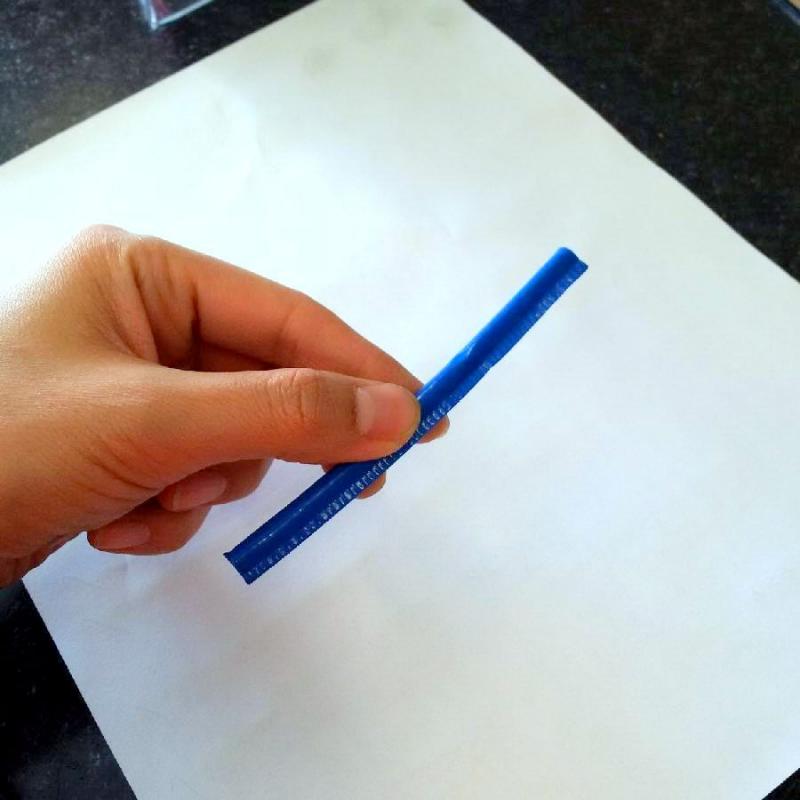
A tire plug (pictured above) is just what it sounds like – the technician takes a plug and pushes it through the puncture. Think of it like plugging a leaking balloon. The air pressure is still pushing outwards on the plug. But if the plug holds and there’s no leak then some shops will consider that a repaired tire. Can you see how the plug type of repair might not hold in the long run?
Keep in mind that when you drive with a tire that has low pressure, there’s a chance that damage has been caused to the inside of the tire from the rim’s weight on the rubber. If the tire isn’t taken off the rim for inspection, how can it be safely determined that the tire’s integrity hasn’t been compromised? See all the rubber debris on the inside of the tire pictured below? That’s the tire rubber that’s been rubbed off from the rim resting on the tire sidewall while it was driven with low tire pressure.
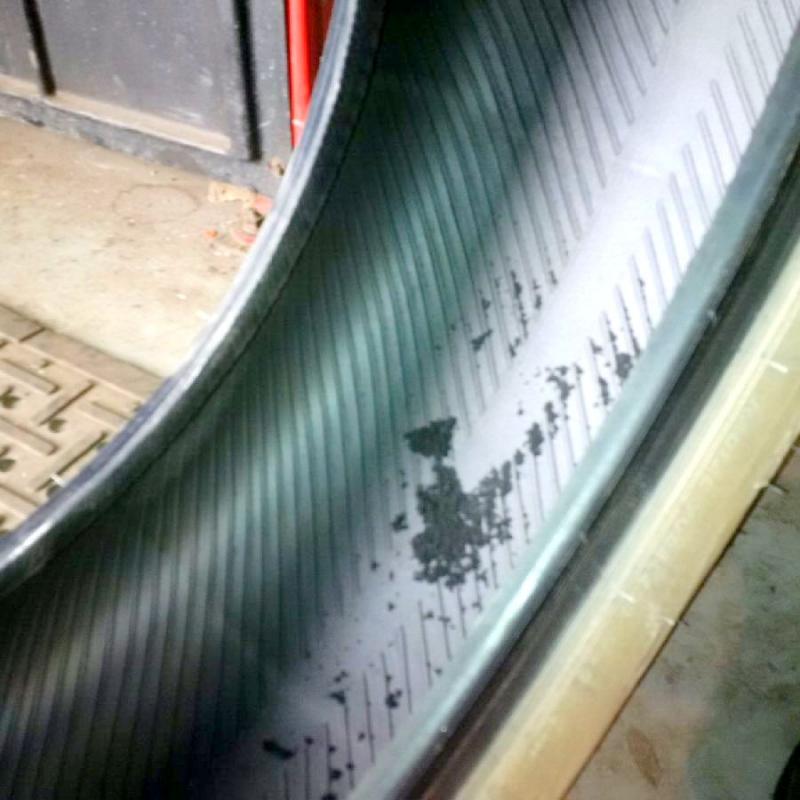
A tire patch requires that the tire be removed from the rim, and it’s a patch that is placed over the puncture from the inside of the tire. It’s much better than the plug method because the air pressure will be pushed against the patch and there's less chance of a leak. It’s still not perfect though, because the diameter of the puncture is left hollow. So best case scenario is a plug-and-patch combination (pictured below). The plug part will take up the space of the puncture, and the patch will cover the puncture itself.
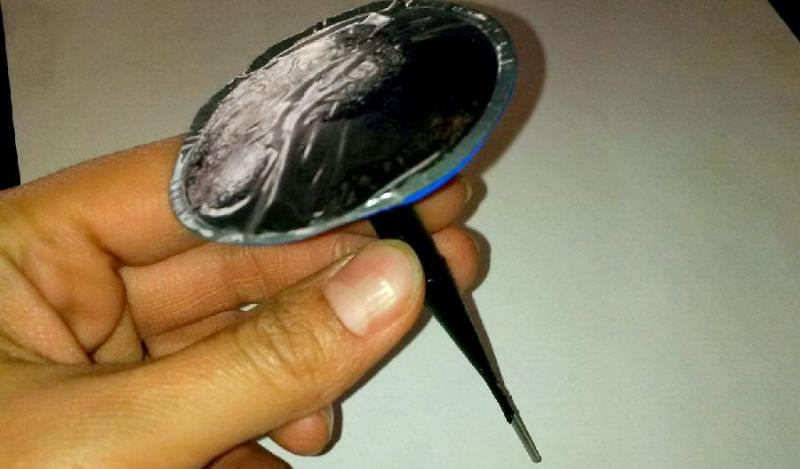
What’s involved in a proper tire repair? The technician should take the tire off the rim and visually inspect the inside and outside of the tire for damage. The technician then preps the puncture area and cleans the rim. They may replace the valve stem too, if necessary. The technician applies the plug-and-patch combination, cuts the plug to be flush with the tire tread, and mounts the tire. It’s then adjusted to the proper tire pressure and re-checked for leaks. The final step is a tire balance where weights are added, as required.
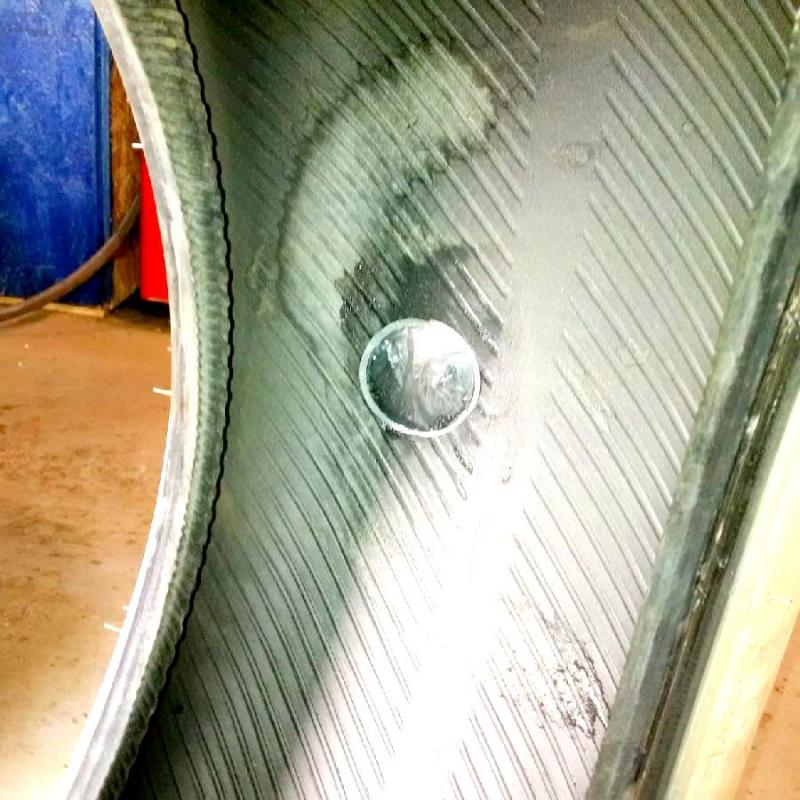
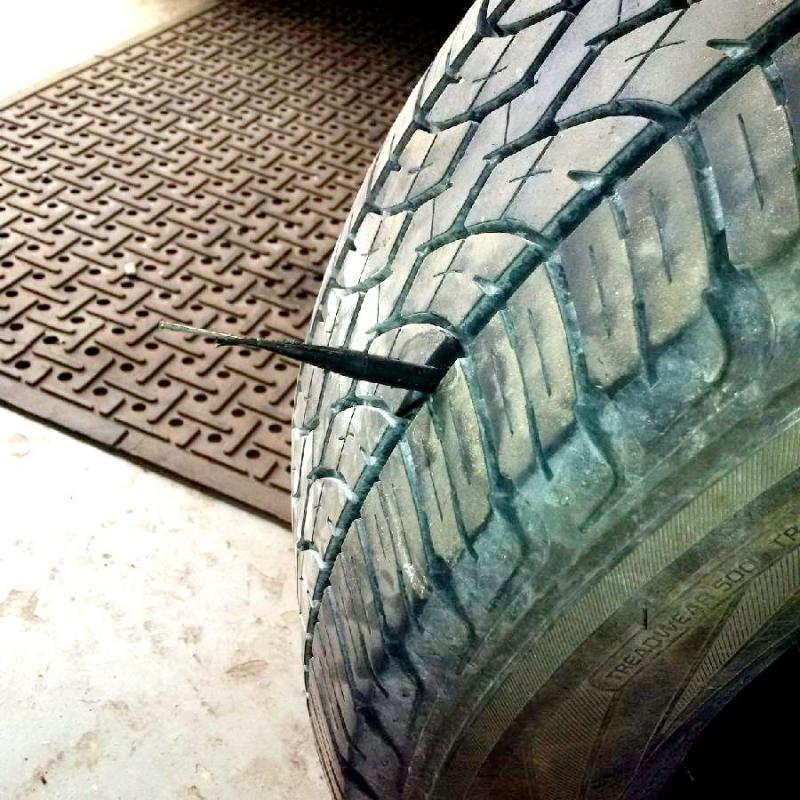
How do you know which one your technician is doing? If they don’t have to ‘break down’ the tire (separate the tire from the rim), then they are doing a tire plug. Tire plugs in our area go for $10-$20, versus a tire plug-and-patch combination which costs $35-$60. You can see the draw in getting a tire plugged, it’s cheaper and faster but is hands-down inferior and improper.
Note that if you have "run flat" tires, any type of repair will void the manufacturer’s warranty on the tire. To date, run flat tires are not meant to be repairable due to its unique construction.
![]() Cold weather is approaching! Thinking of getting winter tires? Read this to find out how to store your all-season tires too!
Cold weather is approaching! Thinking of getting winter tires? Read this to find out how to store your all-season tires too!